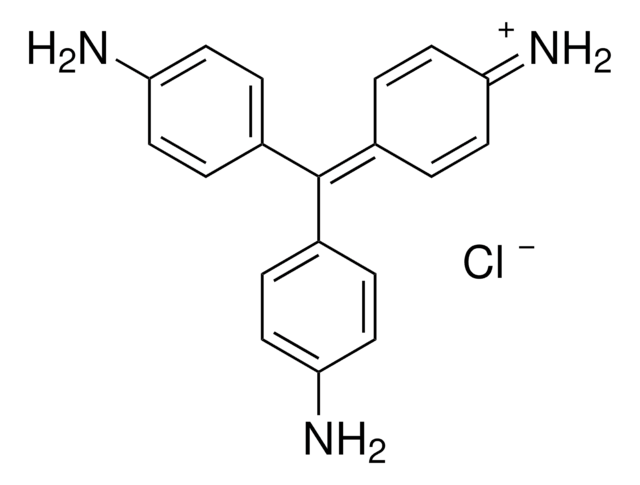1.15333
Eau
suitable for LC/MS, LiChrosolv®
Synonyme(s) :
Eau distillée
About This Item
Produits recommandés
product name
Eau, for chromatography (LC-MS Grade) LiChrosolv®
Pression de vapeur
23 hPa ( 20 °C)
Niveau de qualité
Gamme de produits
LiChrosolv®
Forme
liquid
Technique(s)
LC/MS: suitable
Indice de réfraction
n20/D 1.34 (lit.)
pH
7 (20 °C)
Point d'ébullition
100 °C (lit.)
Pf
0 °C (lit.)
Solubilité
water: miscible
Densité
1.000 g/mL at 3.98 °C (lit.)
Traces de cations
Al: ≤10 ppb
Ca: ≤100 ppb
Fe: ≤5 ppb
K: ≤10 ppb
Mg: ≤20 ppb
Na: ≤20 ppb
Application(s)
general analytical
Température de stockage
2-30°C
Chaîne SMILES
O
InChI
1S/H2O/h1H2
Clé InChI
XLYOFNOQVPJJNP-UHFFFAOYSA-N
Vous recherchez des produits similaires ? Visite Guide de comparaison des produits
Description générale
Application
Également utilisé dans les applications suivantes :
- méthodes générales de tests et d'analyses des produits alimentaires
- méthodes relatives aux monographies de la pharmacopée des États-Unis (USP) pour l'analyse des instruments pharmaceutiques réglementés
- développement de méthodes d'analyse de la liste californienne des pesticides dans le cannabis
- mesures des liaisons médicament-protéine
Caractéristiques et avantages
- Produit microfiltré sur un filtre de 0,2 µm
- Conditionné en flacons de verre
- Offre une haute résolution, une haute sensibilité et une séparation des pics optimisée
- Fournit des résultats rapides et fiables en mode positif et négatif dans l'ionisation par électronébulisation/ionisation chimique à pression atmosphérique (ESI/APCI)
Autres remarques
Informations légales
Produit(s) apparenté(s)
Code de la classe de stockage
12 - Non Combustible Liquids
Classe de danger pour l'eau (WGK)
nwg
Point d'éclair (°F)
Not applicable
Point d'éclair (°C)
Not applicable
Certificats d'analyse (COA)
Recherchez un Certificats d'analyse (COA) en saisissant le numéro de lot du produit. Les numéros de lot figurent sur l'étiquette du produit après les mots "Lot" ou "Batch".
Déjà en possession de ce produit ?
Retrouvez la documentation relative aux produits que vous avez récemment achetés dans la Bibliothèque de documents.
Les clients ont également consulté
Articles
A new HPLC-RI method is proposed for the analysis of Lactose in milk using a Chromolith® NH2 column.
HPTLC-MS was used to analyze stevioside and rebaudioside in artificial sweeteners, stevia plants, cola and isotonic drinks with a minimum of sample preparation.
In this study, LC-ESI-MS/MS under reversed phase conditions using a Superspher RP-18 column is applied to analyze dyestuffs of a reddish historic textile from South America.
The most frequently used synthetic sweeteners are: saccharin, cyclamate, aspartame, and sucralose (E955), and this application illustrate the analysis of sucralose from soy sauce following the current Chinese national standard method.
Protocoles
F&B, elemental analysis, inductively coupled plasma, regulatory, food safety, food chemistry, nutritional value.
Bispecific antibodies are a new class of biotherapeutics where one therapeutic agent can target two different antigens. This application note demonstrates a new size exclusion chromatographic method for characterizing these new biotherapeutics by mass spectrometry.
Thin layer chromatography coupled with mass spectrometry does not require substantial sample preparation. Energy drinks can be applied without dilution directly onto the TLC plate.
Aripiprazole is an atypical antipsychotic and a partial dopamine agonist. It is primarily used in the treatment of schizophrenia, bipolar disorder, major depressive disorder, tic disorders, and irritability associated with autism. Aripiprazole was first approved by the U.S. Food and DrugAdministration in November 2002 for schizophrenia and by the European Medicines Agency in June 2004 for acute manic and mixed episodes associated with bipolar disorder.
Notre équipe de scientifiques dispose d'une expérience dans tous les secteurs de la recherche, notamment en sciences de la vie, science des matériaux, synthèse chimique, chromatographie, analyse et dans de nombreux autres domaines..
Contacter notre Service technique


